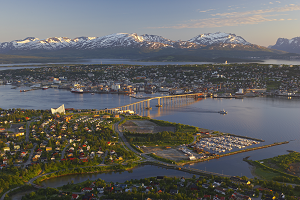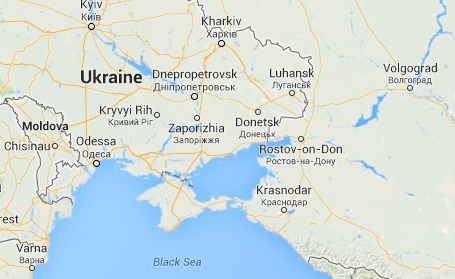A little more than a month after bringing 236 Athenia survivors into Halifax, Nova Scotia, the American freighter, City of Flint, once again became front-page news when she was captured by the German Navy, Oct. 9, 1939 (see blog post City of Flint Odyssey, Part 4, Nov. 1, 2015).
City of Flint had been bound for Great Britain when she was intercepted by a German battleship. After inspecting the American ship’s cargo and declaring it contraband, the Germans put an armed prize crew aboard and directed City of Flint’s captain, Joseph Gainard, to head for Germany. To avoid potential hostilities with Royal Navy warships, Gainard and the officer in charge of the prize crew, Leutnant Hans Pushbach, charted a northeasterly course that would take them close to Norway.
With the ship’s radio out of order, Gainard could not report what had happened and Pushbach couldn’t contact his superiors for instructions. Using a shortwave radio, however, they were able to listen to news bulletins, which reported that the ship had been captured but its whereabouts was unknown.
As City of Flint headed toward Norway, Gainard set up a ruse with his chief engineer to make the Germans think the ship was running short of water. If the Germans asked to anchor in a neutral port (Norway was a neutral country at the time) to take on water and it was discovered the water wasn’t needed, they would be in violation of neutrality laws and the prize crew would be removed.
The ruse worked and on the evening of Oct. 21, Pushbach ordered Gainard to anchor at Tromso, Norway, to take on water. To Gainard’s dismay, the Norwegians simply filled the ship’s water tanks without ever checking her existing supplies. When he asked to get in touch with the American consul, the Norwegian authorities explained there was no consul in Tromso.
During their brief stay in port, however, they learned from the shortwave news reports that their arrival had been flashed to the world. Less than 24 hours after taking on the water, City of Flint departed Tromso, escorted out of Norwegian waters by a destroyer.
“Pushbach was on the spot,” Gainard later recalled in his memoir. “He had no direct orders from his government, our radio failure prevented that. I was just as worried as he was. We both wanted to keep the Flint safe, to keep her out of further trouble. He wanted to get her to Germany as he had been ordered…[and] I wanted to get her free.
“There were plenty of British ships on patrol to the south and probably at least a few German submarines, and I was unwilling to risk being in the middle of a major naval engagement …. If we got between the two in their smash, it was possible the City of Flint might cease to exist…”
With Pushbach in agreement, Gainard pointed City of Flint north to continue her odyssey.
More in our next blog.



